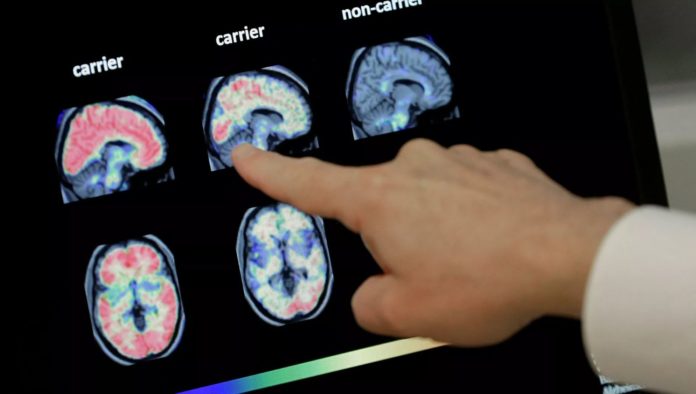The coronavirus has caused the death of more than 3.3 million people and has impacted the health of more than 161.2 million worldwide. Even though scientists have been fighting COVID-19 for more than a year, there is still much to discover.
Of all the sequelae that this disease produces, the most notorious is respiratory distress. But it is known that there are many others, among which are hair loss, chronic headache, heart disease, and many more.
- Does This Mean We Stopped Being Animal and Started Being Human Due to ‘Copy Paste’ Errors?
- The One Lifestyle Choice That Could Reduce Your Heart Disease Risk By More Than 22%
- Aging: This Is What Happens Inside Your Body Right After Exercise
- Immune-Boosting Drink that Mimics Fasting to Reduce Fat – Scientists ‘Were Surprised’ By New Findings
- Gun Violence in America: What They Don’t Talk About at the Debate
Now, a new study has found that patients who underwent oxygen therapy and who had high temperatures show a reduced volume of gray matter in the frontal-temporal region of the brain.
This new research, carried out by scientists at Georgia State University and the Georgia Institute of Technology, in the US, revealed that this decrease in the volume of gray matter was associated with COVID and a higher level of disability, even after six months after being discharged.
Specialists used CT scans of 120 neurological patients, 58 of them positive for COVID-19, and 62 were the control group.
Previous studies have examined how the brain is affected by COVID-19 using a univariate approach, but ours is the first to use a multivariate, data-driven approach to link these changes to specific COVID-19 characteristics (for example fever and lack of oxygen) and outcome (disability level)
explained Kuaikuai Duan, one of the authors, in a statement.
Likewise, the researchers found that the volume of gray matter in this region was significantly reduced more in patients who received oxygen therapy compared to patients who did not receive it. The same happened with the patients who had high fevers.
They concluded that COVID-19 can affect the frontal-temporal region through fever or lack of oxygen.
Neurological complications are increasingly documented for patients with COVID-19. A reduction of gray matter has also been shown to be present in other mood disorders such as schizophrenia and is likely related to the way that gray matter influences neuron function
noted Vince Calhoun, another researcher.
- Does This Mean We Stopped Being Animal and Started Being Human Due to ‘Copy Paste’ Errors?
- The One Lifestyle Choice That Could Reduce Your Heart Disease Risk By More Than 22%
- Aging: This Is What Happens Inside Your Body Right After Exercise
- Immune-Boosting Drink that Mimics Fasting to Reduce Fat – Scientists ‘Were Surprised’ By New Findings
- Gun Violence in America: What They Don’t Talk About at the Debate
The researchers hope to replicate the study in a larger sample size that includes many types of brain scans and different populations of COVID-19 patients.
Image Credit: AP
